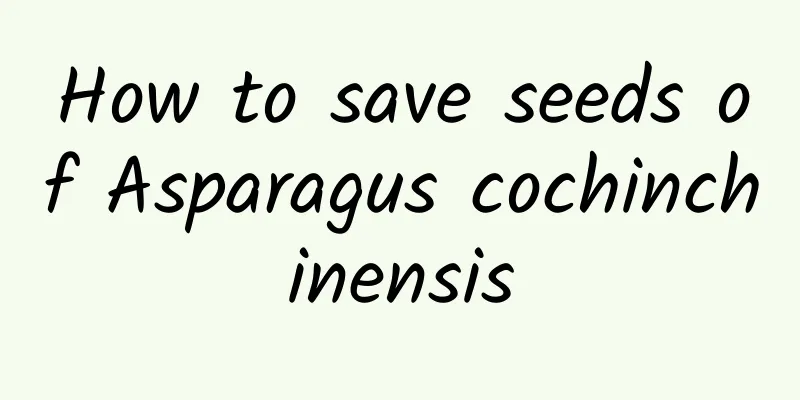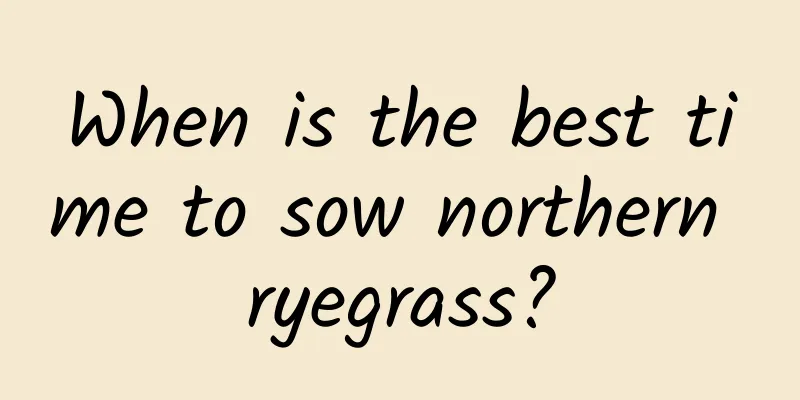Cultivation methods and precautions of the golden plate of star anise

Farming methodsTemperature conditionsOleander prefers a cool growing environment, with a suitable temperature between 10-25℃, generally 18-20℃ during the day and 10-12℃ indoors at night to maintain good growth. It should be noted that prolonged high temperatures can easily cause the leaves to become thinner and larger and begin to droop. Floccus ovata is relatively cold-resistant and can safely overwinter at temperatures above 7°C. Lighting conditionsFatsia truncatum is a semi-shade plant that tolerates shade but avoids strong light. It is suitable for greenhouse cultivation. Except in winter, the shading should generally reach more than 60%. In particular, pay attention to direct sunlight in summer and strengthen shading work. On the other hand, if there is insufficient light for a long time, the leaves will become small. Get more sunlight in winter. Water and fertilizer conditionsDuring the growing season of Aglaonema, i.e. from April to October, apply thin liquid fertilizer about every 2 weeks, and stop fertilizing after October. Water frequently during hot seasons to keep the soil moist. At the same time, spray water on the leaves and surrounding areas to increase the humidity of the surrounding air. After October, you should gradually reduce watering and control watering. Soil requirementsIt is suitable to choose fertile, loose and well-drained soil. Potting soil can be mixed with 3 parts of garden soil and 1 part of rice husk ash, and then add a little base fertilizer. Repotting and soil turningDuring the breeding process, the pot should be changed every 1-2 years, usually in March or April. When turning the soil and changing the pot, put base fertilizer at the bottom of the pot. PrecautionsDiseasesAglaonema is susceptible to diseases such as sooty mold, leaf spot and chlorosis. Leaf spot occurs more frequently in summer and can be controlled with agents such as thiophanate-methyl or carbendazim. Chlorosis can be controlled by spraying ferrous sulfate solution on the leaves. PestsThe main insect pests are aphids, scale insects and red spiders. Generally, you can use Sujiesha to control scale insects. For aphids, you can use aphid shovel for control, and use trichloronate to control red spiders. |
<<: Differences between Pyracantha and Seabuckthorn
>>: The difference between the eight-angle gold plate and Schefflera and peacock wood
Recommend
How to care for the newly bought Desert Rose?
Desert rose is a very beautiful flower plant, esp...
How to grow and what to pay attention to when growing King Protea? Is King Protea suitable for home cultivation?
The King Protea is an ornamental flower plant tha...
How to water soil-grown copper coin grass
Key points for watering soil-grown copper coin gr...
The sowing propagation method of Kochia scoparia
Matters Needing Attention When Propagating Kochia...
How to grow nasturtium until it overflows the pot
1. Suitable soil To grow nasturtium, you need to ...
Can lucky bamboo remove formaldehyde?
1. Does it remove formaldehyde? It can remove for...
Cultivation methods and precautions of firecracker flower
How to grow firecracker flower Pot soil selection...
How to cultivate pickerel grass
1. Ensure lighting It likes light very much and n...
Cauliflower's growing environment and local conditions
Cauliflower's growing environment and conditi...
Common diseases of king protea and their prevention and treatment methods
Common diseases of King Protea: root rot Symptoms...
How to take care of the newly bought petals
1. Water Catharanthus pomatia is one of the easie...
Mimosa planting methods and precautions Mimosa cultivation tips (simple method)
How to plant mimosa Soil selection To cultivate M...
The growth environment and local conditions of Fritillaria
Suitable growth environment and conditions for Fr...
How long is the growth cycle of the lotus?
Introduction to the growth of lotus It is better ...
How to make strawberries sprout quickly
Strawberry germination environment Strawberries p...









